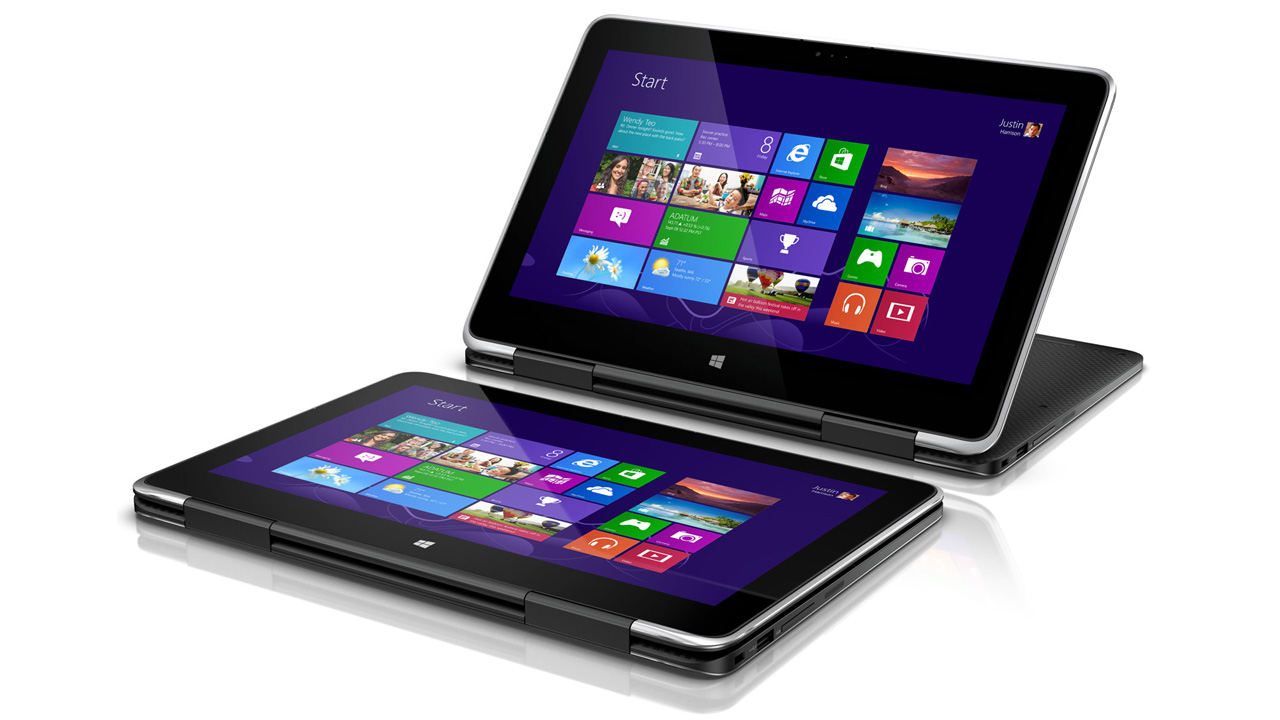What's the point of going beyond HD for portable Windows PCs?
1080p may be enough for small screens

Let's get one thing absolutely clear. If I've been anything in my decade-long slog as a tech journalist I've been the number one fanboy for high-res screens.
Back in 2002 I bought my first high-res device, a Dell 8100 Inspiron laptop with a 15-inch UXGA panel. That's 1,600 by 1,200 pixels. Seriously impressive back then.
In 2003, I upgraded to a Dell Inspiron 8500 and WUXGA 1,920 by 1,200. A year after than I had a desktop monitor with the same resolution and about a year after that I went all the way to 2,560 by 1,600 on my desktop.
I haven't got a 4K panel yet, but I'm on the record as being literally in love. Anyway, you get the idea. I've a pretty well established penchant for pixels.
So I when I say I'm struggling to see the point in the latest ultra-high DPI portable Windows devices, I hope that doesn't come across as mere Ludditism.
Wonky Windows
Part of the problem is Windows itself. It still doesn't scale properly with variable DPIs and as I've explained before, I've seen nothing relating to Windows 8.1 that makes me think the problem has been solved at a fundamental level. Until Windows is based on vector rather than bitmap graphics, it's going to be a bit clunky switching DPI setting.
But even if Windows scaled perfectly, there's something else that doesn't. The web. Again, much of the web is based on bitmaps. The fonts will scale well and look gorgeous. PDFs do too, assuming the underlying file is high resolution.
Sign up to the TechRadar Pro newsletter to get all the top news, opinion, features and guidance your business needs to succeed!

But an awful lot of the web doesn't scale at all. Like images, banners, mastheads and the rest. On a super-high-res desktop monitor that doesn't matter. You're not messing with the DPI. The extra resolution gives you more space to play with.
But that's not how the latest super-high-DPI devices, for instance the new Dell XPS 11 laptop and its "quad-HD" 2,560 by 1,440 panel, are meant to work. The extra res isn't there to give you more desktop real estate. It's there to sharpen image quality.
So everything you see is scaled. First up a typical webpage, say BBC news, and the fonts and browser menus will look stunning. But the BBC News logo and all the images look soft and fuzzy because they're scaled up bitmaps.
Now, I don't know about you, but I reckon the single most important application regards image quality on a laptop is the web. It hardly critical in Word or Notepad. You're probably not doing any hardcore photoshopping. And a standard HD panel has HD video content covered.
The fuzziness factor
I can get my head around super-high DPI on a smartphone. It allows you to get a full overview of webpages and makes the rest of the UI look fantastic. Also, the screen is so small, the fuzziness is less of a factor. And on a smartphone you're probably using the rest of the UI more than you're using the browser.
But what, exactly, is the point of an ultra-HD on a portable device like a laptop beyond some snazzy icons? Indeed, I reckon a straight 1080p panel on a laptop is your best bet. That gives you plenty of space to work with and you can run the inteface at default DPI settings and still have text that's large enough to be reasonably legible.
With 2,560 by 1,600 on a portable panel, you have a choice between fuzzy bitmaps or sharpness combined with microscopic text. There is no ideal solution.
I suppose if I was Microsoft, I'd point out the the Metro, sorry Modern UI, does indeed scale to DPI properly. But I just don't think people spend that much time on Windows devices in Modern UI. They're either typing text or consuming content, neither of which really benefits from bonker DPI.
Of course I could be missing something super obvious. Answers on a postcard, please.
Technology and cars. Increasingly the twain shall meet. Which is handy, because Jeremy (Twitter) is addicted to both. Long-time tech journalist, former editor of iCar magazine and incumbent car guru for T3 magazine, Jeremy reckons in-car technology is about to go thermonuclear. No, not exploding cars. That would be silly. And dangerous. But rather an explosive period of unprecedented innovation. Enjoy the ride.